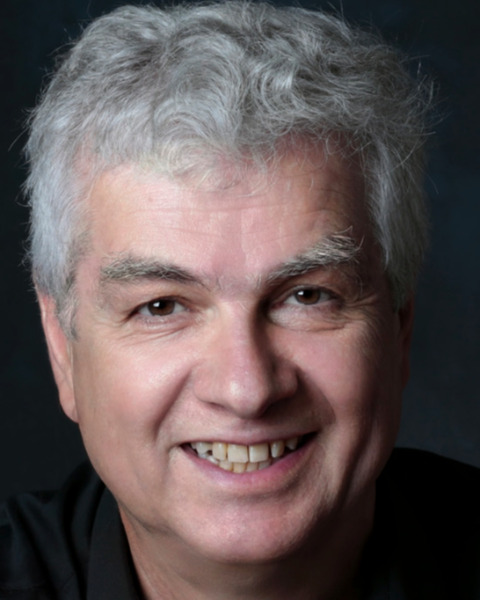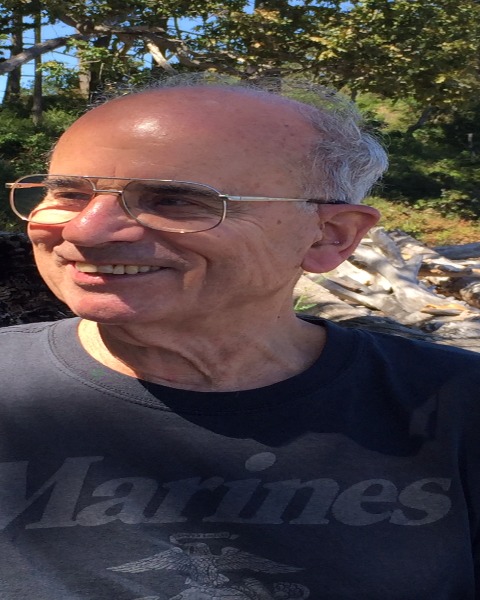10-Minute Paper
Plant-Insect Ecosystems
P-IE: Apiculture and Pollinators 2
A theory of why blue vane traps catch native bees
Tuesday, November 7, 2023
1:30 PM - 1:42 PM ET
Location: Gaylord National Resort & Convention Center, Camellia 2

Michael Banfield
President
BanfieldBio, Inc.
Woodinville, Washington
John H. Borden
Principal Consultant
JHB Consulting
Burnaby, British Columbia, Canada
Presenting Author(s)
Co-Author(s)
Unscented blue vane traps (BVTs) have been employed to monitor populations of native bees since 2005. Their utility was a serendipitous discovery that has supported over 2,000 research studies on native pollinators. The physics and physiological characteristics of BVTs has been investigated, and a possible explanation for attractancy has been postulated (i.e., it mimics cues bees use to locate flowers and they reflect wavelengths matching peak visual sensitivity). Surprisingly, we discovered that native hymenopteran pollinators in a forested setting are not captured in UV-pigmented Lindgren funnel traps, but that BVT’s with the same pigments captured pollinators, using a randomized block design to compare the two traps. We posit that floral resources are characterized by petal nanostructures that emit a blue glow similar in wavelength to the BVT’s, accounting for the attractancy. Furthermore, vane traps set perpendicular to the bee’s flight path fail to provide visual clues allowing spatial distance recognition, causing the bees to crash into the vanes, and fall into the trap. Funnel traps spaced apart with the same wavelengths presented at an angle provide visual cues that allow bees to approach and examine the blue source, without being captured, as seen in videos captured during the study.

.png)
